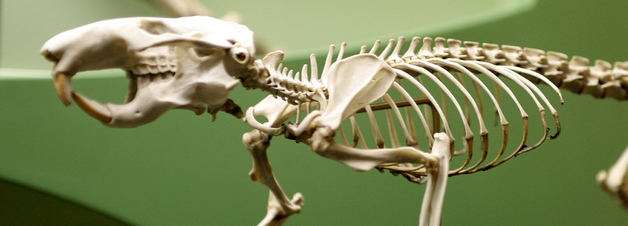New Scientist
Image: cliff1066™
The volcanic activity that shaped Yellowstone national park may have sculpted something on a much smaller scale too – the teeth of some rodents.
Mountain beavers (Aplodontia rufa) have teeth with deep crowns, thick enamel and short roots – a condition called hypsodonty, typical of animals that chew gritty, silica-rich grasses. Yet they are partial to soft plants, so why the tough teeth?
Samantha Hopkins at the University of Oregon in Eugene looked at fossils of the beavers’ extinct relatives to find out, and discovered that the feature first appeared in north-west Nevada and Oregon 10 to 15 million years ago. At the time, vegetation there would have been frequently blanketed in volcanic dust from the Yellowstone hotspot and the Columbia River Basalts. “All that silica-rich, lightweight, abrasive material implies lots of tooth abrasion,” says Hopkins, who presented her findings at the Geological Society of America’s annual meeting in Minneapolis, Minnesota, last week. Read more on newscientist.com…








